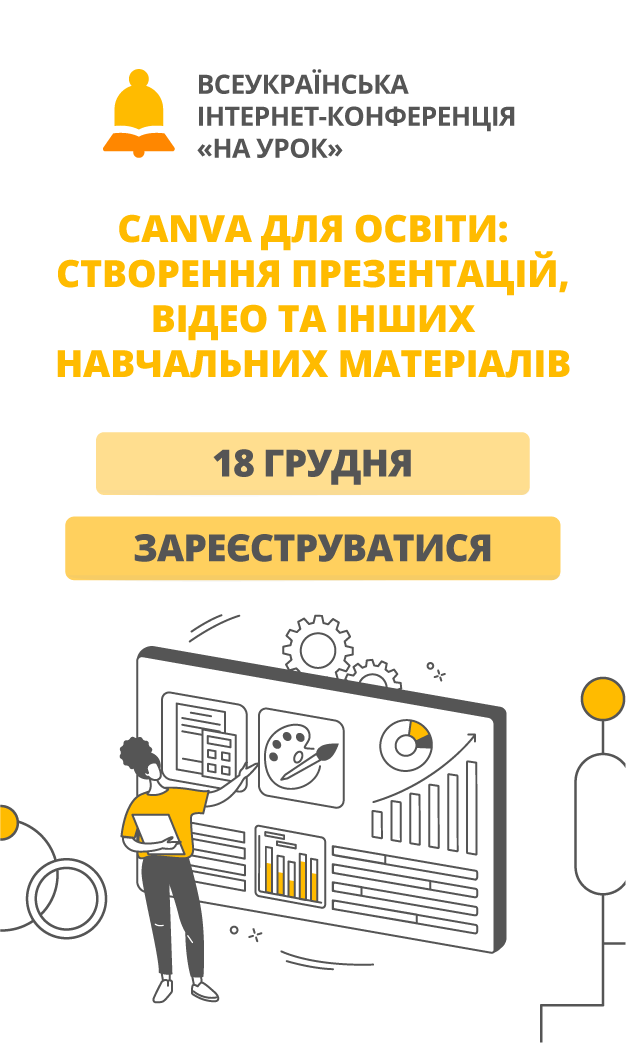How to identify fake news
Матеріал до теми ''Communication technologies'', 10 клас. Короткий текст та 2 вправи для контролю розуміння прочитаного. Ключі до завдань.
How to identify fake news
Read some tips for spotting fake news to practise and improve your reading skills.
Vocabulary
Unrelated непов’язані
source джерело
subtle тонкий, витончений
be tricked бути обдуреним
rare рідкісний
advertisement (ad) реклама
variety різноманітність
ALL CAPS все великими літерами
recognize розпізнати
pop up вискочити
- Complete the sentences with words from the box.
Bombard, fooled, unrelated, source, fake, subtle, phenomenon, sure
1. A ____________ is something that is designed to look real but isn’t.
2. If you __________someone with messages or information, you give them so much that it is difficult to deal with at all.
3. A ___________ is a rare or important fact or event.
4. If something is ____________ it is not obvious and it is difficult to notice.
5. If you are _____________you are tricked into believing something that is not true.
6. If you are ____________ about something, you are confident that it is true or correct.
7. If something is ____________ to something else, the two things have nothing to do with each other.
8. A ________________ is a thing, person or place that provides information.
- Reading.
Every time you’re online, you are bombarded by pictures, articles, links and videos trying to tell their story. Unfortunately, not all of these stories are true. Sometimes they want you to click on another story or advertisement at their own site, other times they want to upset people for political reasons. These days it’s so easy to share information. These stories circulate quickly, and the result is … fake news.
There is a range of fake news: from crazy stories which people easily recognise to more subtle types of misinformation. Experts in media studies and online psychology have been examining the fake news phenomenon. Read these tips, and don’t get fooled!
- Check the source
Look at the website where the story comes from. Does it look real? Is the text well written? Are there a variety of other stories or is it just one story? Fake news websites often use addresses that sound like real newspapers, but don’t have many real stories about other topics. If you aren’t sure, click on the ‘About’ page and look for a clear description of the organisation.
- Watch out for fake photos
Many fake news stories use images that are Photoshopped or taken from an unrelated site. Sometimes, if you just look closely at an image, you can see if it has been changed. Or use a tool like Google Reverse Image search. It will show you if the same image has been used in other contexts.
- Check the story is in other places
Look to see if the story you are reading is on other news sites that you know and trust. If you do find it on many other sites, then it probably isn’t fake (although there are some exceptions), as many big news organisations try to check their sources before they publish a story.
- Look for other signs
There are other techniques that fake news uses. These include using ALL CAPS and lots of ads that pop up when you click on a link. Also, think about how the story makes you feel. If the news story makes you angry, it’s probably designed to make you angry. If you know these things about online news, and can apply them in your everyday life, then you have the control over what to read, what to believe and most importantly what to share. If you find a news story that you know is fake, the most important advice is: don’t share it!
III. Circle the best title for the text.
a. Experts share dangers of fake news
b. Experts share top tips for resisting fake news
c. How to create fake news: a guide
d. Tips on how to read the news online
IV. Circle the correct answers.
1. Which reason is NOT given for an online fake news story?
a. To convince people of a political view
b. To make people angry or sad
c. To plant a virus in your computer
2. The text says some fake news …
a. is easy to recognise as fake.
b. is funny.
c. comes from the political right.
3. Which of these may mean that a news site should not be trusted?
a. The text is well written.
b. The site has a variety of other stories.
c. The site’s ‘About’ page does not clearly describe the organisation.
4. Some images on fake news …
a. are real images, but come from a different website.
b. are images that have been changed.
c. both the above
5. Fake news stories …
a. are usually only on fake news sites or social media.
b. are not on any websites, only in social media.
c. are often hidden on real news sites.
6. Many fake news stories are written …
a. without capital letters and with terrible spelling.
b. in a way that makes people upset.
c. inside of advertisements that pop up on your screen.
7. What should you do with fake news?
a. Report it to the police
b. Make a note of it for reference
c. Not show it to other people online
8. What is the purpose of this article?
a. To complain
b. To inform
c. To entertain
Keys I.1. fake 2. bombard 3. phenomenon 4. subtle 5. fooled 6. sure 7. unrelated 8. source
III. b IV. 1. c 2. a 3. c 4. c 5. a 6. b 7. c 8. b


про публікацію авторської розробки
Додати розробку
